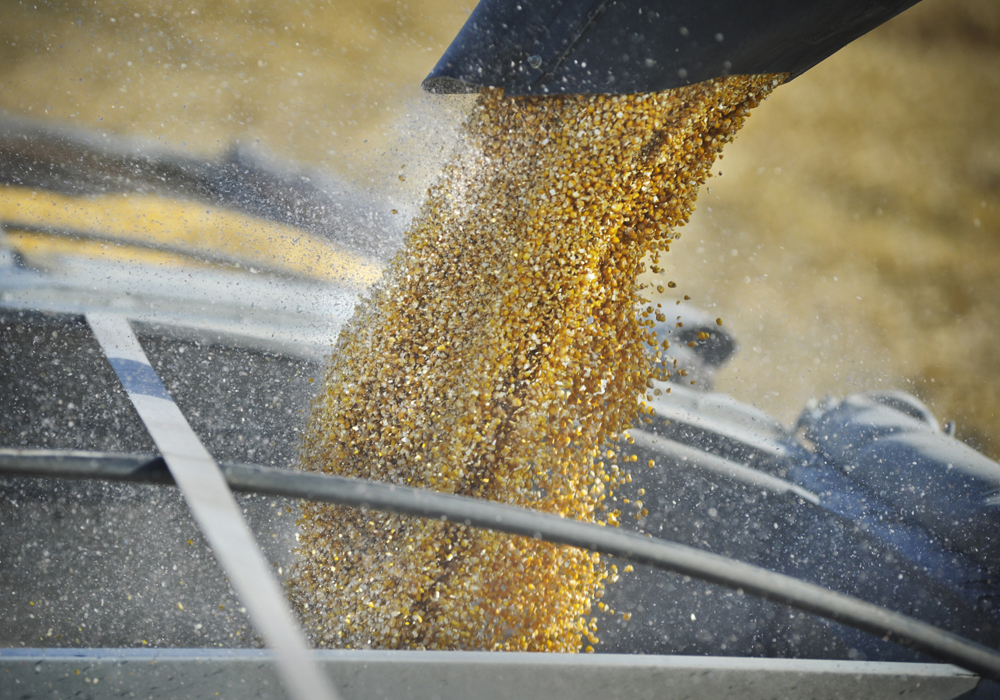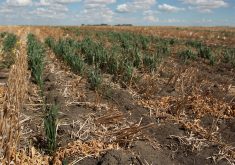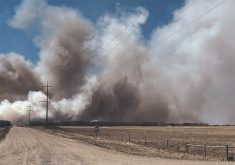What will be your best paying crop this year? Here’s a look at how various crops compare based on average yields and current prices.
For this analysis we’ll use the yields being reported by the Saskatchewan Ministry of Agriculture based on a network of crop reporters. Prices have been volatile with some continuing to increase and some dropping back a bit, but we’ll use current prices from various published sources.
The worst performer is wheat. On hard red spring wheat, Saskatchewan’s average yield is pegged at 27 bushels an acre. At a price of around $10.50 a bu., that’s a gross return of only $283 an acre.
Read Also

Proactive approach best bet with looming catastrophes
The Pan-Canadian Action Plan on African swine fever has been developed to avoid the worst case scenario — a total loss ofmarket access.
Durum is a different story. Saskatchewan Agriculture is estimating the average durum yield at only 19 bu. an acre, but most of this lower yield is because durum is grown in the areas of the province hit harder by drought. Even at only 19 bu. an acre, the price of durum has been as high as $22 a bu. Assuming a current price of $20, the gross is $380 an acre, far surpassing wheat.
In addition to wheat, another notable underperformer is mustard. The provincial yield is assumed to be only 414 pounds per acre. Unfortunately, all three types of mustard are lumped together even though yellow mustard yields significantly less than brown and oriental.
Yellow mustard has an attractive price of around 70 cents a lb., but at 414 lb. an acre, that’s a gross return of only $290 an acre. Brown mustard at 55 cents per lb. generates only $228 an acre.
The next poorest gross returns come from oats and barley. Oat prices are around $5.50 a bu. with barley close to $8, but yields are low.
While oats are estimated at 83 bu. an acre in northwestern Saskatchewan, the provincial average is only 55. Barley ranges from 21 bu. an acre in west-central Saskatchewan to 52 bu. in the southeast, with the average pegged at only 38. In both cases, the average gross revenue comes to just over $300 an acre.
Peas are also on the disappointing side. The provincial average yield is assumed to be 21 bu. per acre and the price of yellow peas has been about $15 a bu. for a gross return of $315 an acre.
With an average yield of 20 bu. an acre and a prevailing price of around $20 per bu., canola comes in at $400 an acre. However, there’s a great deal of yield variability with west-central yields at only 13 and southeast yields at 26. It should also be noted that canola is one of the more expensive crops to grow and many producers have struggled with second growth caused by late season rains.
With an average yield of 723 lb. an acre and a current price of around 55 cents a pound, canaryseed has a similar gross return to canola and it’s a much less expensive crop to grow.
Flax has a strong gross return of $450 an acre from a yield of 15 bu. per acre and a price per bushel of $30.
Lentils are also strong. The provincial yield is estimated at 797 lb. per acre with red lentils at 50 cents a lb. and large green lentils at 60 cents or more. Those are gross returns of $408 and $490 an acre, respectively.
Next spring’s seeding intentions will be influenced by the returns currently being generated.
Kevin Hursh is an agricultural journalist, consultant and farmer. He can be reached by e-mail at kevin@hursh.ca.


















